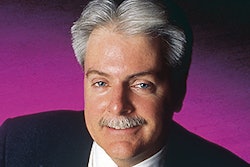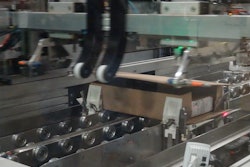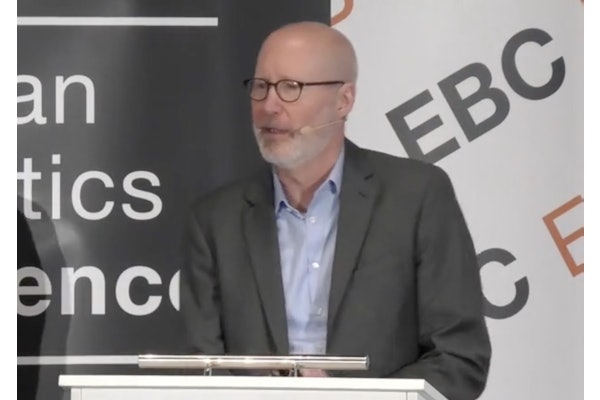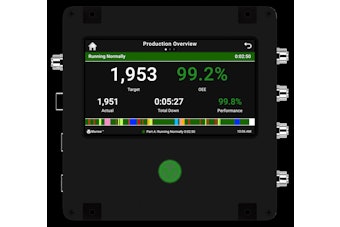This reduces returns of products, allowing them to automate many buying and stocking decisions. Can’t stock product unless the consumer orders it? Otto’s use of Blue Yonder Replenishment Optimization systems (a spinoff of the CERN physics lab) is claimed to be about 90% accurate, and it allows automated stocking decisions of approximately 200,000 items—in advance of customer’s orders. More than that, they are seeing two million fewer returns per year and a 20% decrease in surplus stock because of the ability to understand what part of the experience customers find dissatisfying (multiple shipments, slow delivery) and eliminate them. Other e-retailers are following close behind with similar strategies, particularly broadly integrated platforms like Amazon that understand what their viewers are looking at, watching, and listening to.
The Great Retail Shift—an unfortunate holdover from the Great Recession—is about to make the idea of “business as usual” (along with many of its adherents) irrelevant. Producing identical product around the clock for long shelves in identical stores is rapidly becoming history as malls, stores, and retail systems fold or shift to find a unique identity. As people increasingly avoid the crowds and confusion of malls in favor of online shopping and spending the difference in social-media-moment meals out and travel, how will product position, branding, and customer loyalty keep up. How will packaging have to adjust to this? Specifically, how will your packaging and logistics system handle that moment-to-moment change?
In simplest terms, mass-customization based on customer and logistics data may be the tip of the iceberg—customers may go to a specific outlet but what remains of “store loyalty” is in a parlous state, and brand or even item loyalty is taking its place. Word of mouth is being displaced by word of link or of text. It is critical that packaging professionals focus on good customer perception of product and experience and strong customer memory of the brand, no matter where or how it occurs. Getting that customer experience right the first time is no longer the purview of the retail outlet, but of the brand itself—including the package, no matter how it is made or delivered.
Apple is a perennial favorite to cite, but others such as Anker have learned the lesson, delivering quality and customer service through online outlets only without need for any “shelf space” or display “real estate.” How? Quality. Quality management of details and design, often things that can get shortchanged in the fury and underfunding of production and will have to be considered more carefully.
That “easy open” package may finally arrive in good shape and actually open easily, even if it is just a box of noodles. It may not be a retail store that’s taking the heat when it doesn’t work—news travels instantly in the age of Big Data—and a damage allowance will no longer cover the tracks that it used to.
Scott A. Morris ([email protected]) is the director of the packaging program at U. of I. Urbana-Champaign.
























